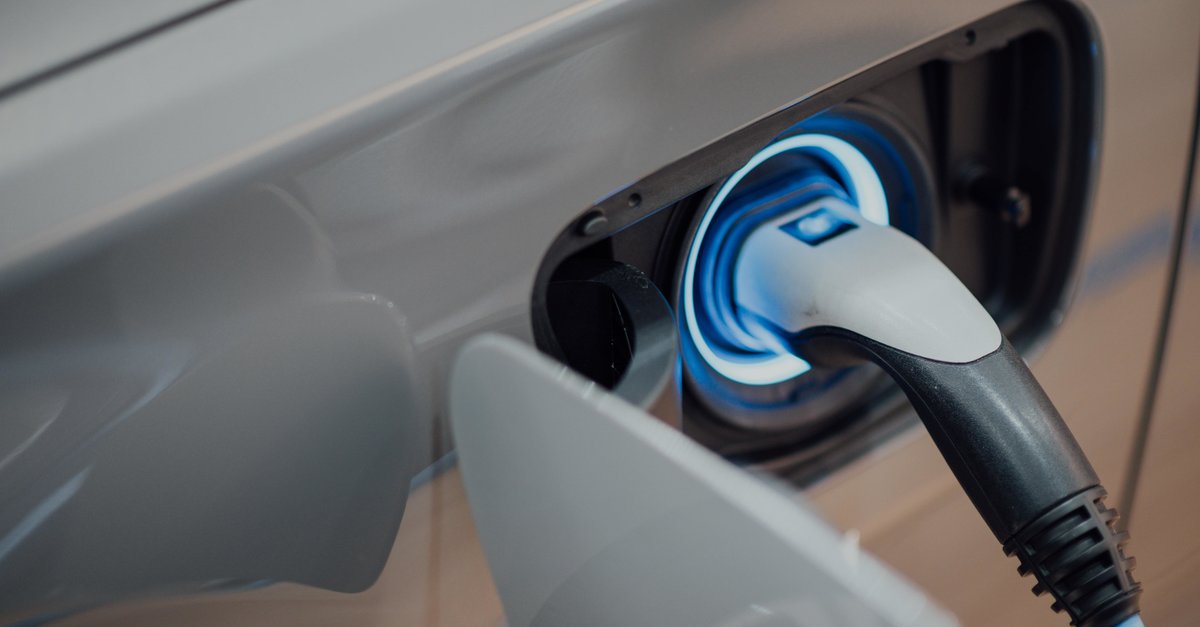The number of breakdowns in e-cars is through the roof – that’s the reason
In 2021, the ADAC breakdown helpers deployed far more e-cars than in the previous year, and the number of operations has exploded. But that’s not a reason to say goodbye to the electric car dream. Anyone who has already bought an e-car should still pay close attention to a wearing part.
ADAC: 2021 more uses for e-cars
The number of breakdowns in e-cars rose sharply at ADAC last year. Over 25,000 times the breakdown helpers were called to collect broken down electric cars or to get them moving again. This means that the number of e-car breakdowns at ADAC in 2021 will almost triple the previous year’s figure of around 9,000.
However, there were not a noticeable number of problems with components specific to e-cars. the As in the previous year, most defects were found in the starter battery found – the same applies to the combustion engines. 46.2 percent of the defects alone can be attributed to this (source: ADAC). In comparison, the battery, charging technology or electric motor are rarely responsible for breakdowns.
On the other hand, one component causes more problems over time, especially in e-cars, where combustion engines come off better: the brake. Because e-cars and their drivers like to use recuperation to charge the battery, the brakes are needed less often and can rust. Drivers should keep this in mind.
E-car drivers: There is no reason to worry if you pay a lot
Ultimately, there are two reasons for the particularly large increase in e-car breakdowns compared to 2020: on the one hand, the first models with purely electric drives are now getting on in which signs of wear and breakdowns increase. This increase can also be observed with combustion engines after a few years and is well known.
Why buying an e-car is already worthwhile today:
Of course, this applies above all to models that have been on the market for a long time. For example, the TÜV recently drew a first conclusion about the most tested electric cars, with the Tesla Model 3 doing the worst.
Secondly, the number of e-cars has increased enormously in the past year. Around 356,000 electric cars were newly registered in Germany in 2021 alone. This is also reflected in the absolute numbers in the breakdown statistics.



